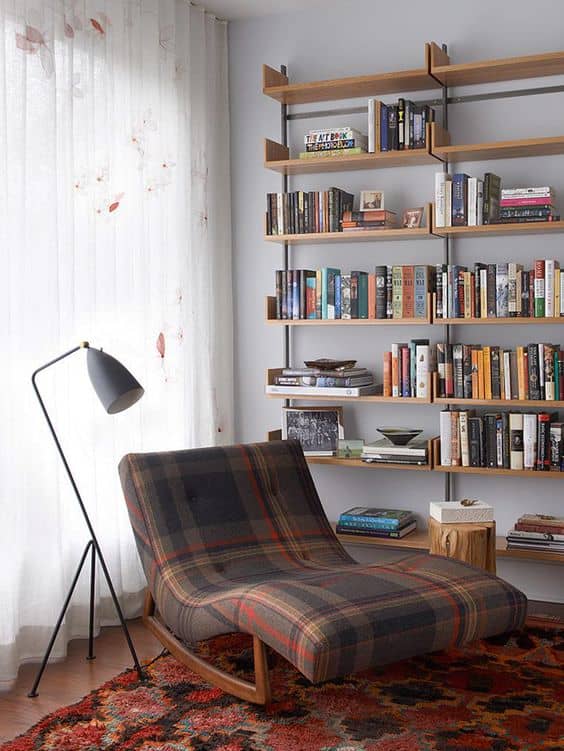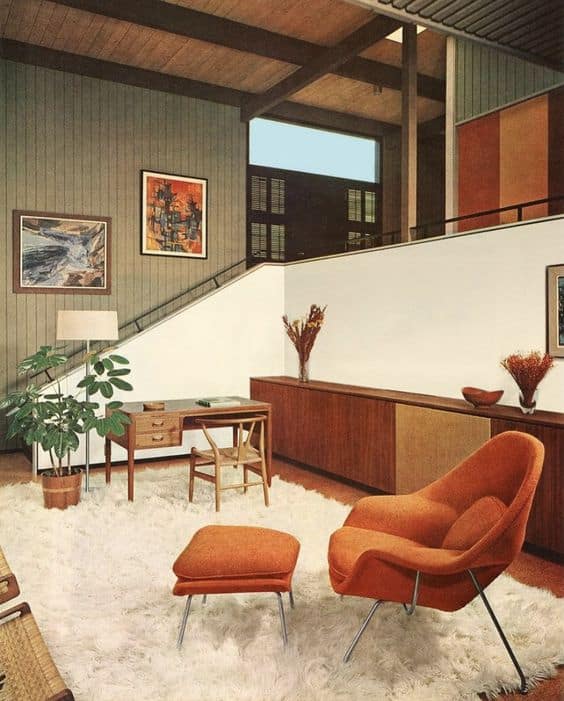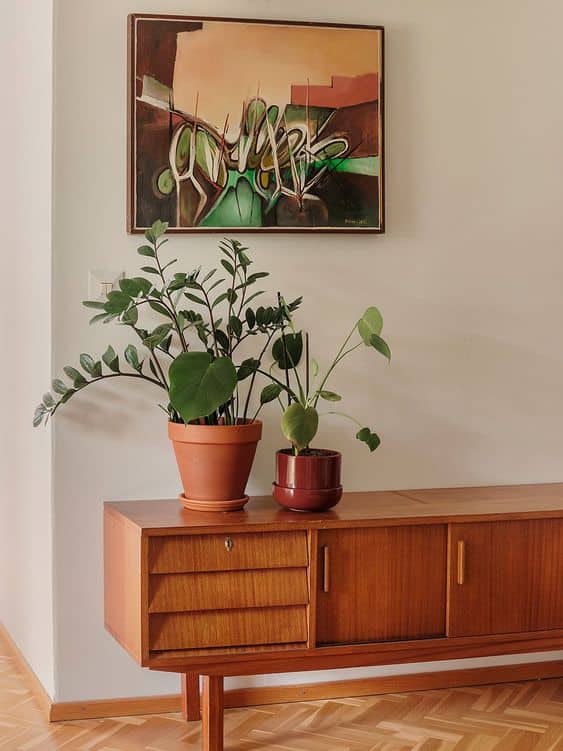The 1960s was a decade marked by cultural revolutions, artistic innovations, and a departure from the conventional. In the realm of furniture design, this era gave birth to a distinctive style that continues to captivate and inspire. Join us on a journey back in time as we explore the unique characteristics that define 1960s furniture and its enduring influence on contemporary design.
1. Bold and Playful Colors

One of the hallmarks of 1960s furniture is its fearless use of color. The era embraced vibrant hues and bold patterns, reflecting the optimism and exuberance of the time. From avocado green to burnt orange, the furniture of the ’60s was a celebration of lively, energetic color palettes that brought a sense of joy and playfulness into living spaces.
2. Organic Shapes and Fluid Lines
Influenced by the mid-century modern movement, 1960s furniture featured organic shapes and clean lines. Designers sought inspiration from nature, incorporating curves, arcs, and asymmetrical forms into their creations. The result was furniture that felt fluid and harmonious, breaking away from the rigid structures of previous decades.
3. Mixing Materials with Flair

In the 1960s, designers experimented with materials, blending traditional and unconventional elements to create striking pieces. Wood, plastic, and metal were often combined in innovative ways. Iconic designs, such as the Eames Lounge Chair with its molded plywood and leather upholstery, epitomized this trend of marrying different materials for both aesthetic appeal and functionality.
4. Futuristic and Space-Age Designs
The 1960s was a period marked by an obsession with the future and space exploration. This fascination found its way into furniture design, with pieces that seemed to be plucked from a science fiction setting. Sputnik chandeliers, egg-shaped chairs, and sleek, space-age-inspired tables became emblematic of this forward-looking aesthetic.
5. Versatility and Modularity

As urban living spaces evolved, so did the need for adaptable furniture. Designers responded by creating modular furniture that could be rearranged to suit changing needs. Shelving units, sofas, and storage solutions were designed with versatility in mind, allowing homeowners to customize their spaces with ease.
6. Craftsmanship and Quality
Despite the futuristic and experimental designs, the 1960s also emphasized craftsmanship and quality. Many iconic pieces from this era were meticulously crafted, showcasing a commitment to both form and function. This dedication to quality has contributed to the longevity of 1960s furniture, with many pieces becoming coveted collector’s items.
7. Iconic Designers and Timeless Pieces
The 1960s gave rise to a cadre of visionary designers whose work has become synonymous with the era. From the aforementioned Charles and Ray Eames to Arne Jacobsen and Eero Saarinen, these visionaries created furniture that not only defined the ’60s but continues to be celebrated and reproduced today.

